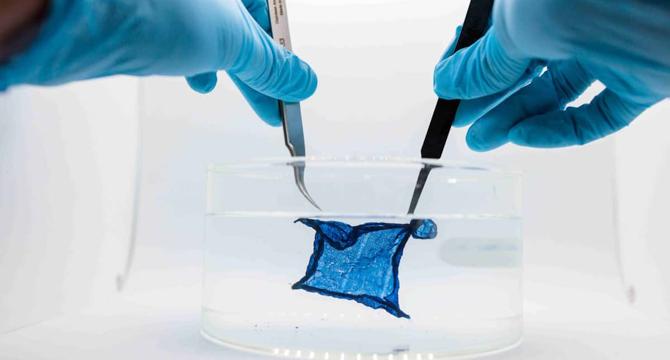Physicsworld
2M
234

Image Credit: Physicsworld
Tissue-like hydrogel semiconductors show promise for next-generation bioelectronics
- Researchers at the University of Chicago’s Pritzker School of Molecular Engineering have created a groundbreaking hydrogel that doubles as a semiconductor.
- The material combines the soft, flexible properties of biological tissues with the electronic capabilities of semiconductors, making it ideal for advanced medical devices.
- The research team, led by Sihong Wang, developed a stretchy, jelly-like material that provides the robust semiconducting properties necessary for use in devices such as pacemakers, biosensors and drug delivery systems.
- Hydrogels are ideal for many biomedical applications because they are soft, flexible and water-absorbent – just like human tissues.
- The result is a hydrogel semiconductor material that’s soft enough to match the feel of human tissue.
- This material mimics the flexibility and softness of living tissue.
- The potential applications extend beyond implanted devices. The material’s high hydration and porosity enable efficient volumetric biosensing and mass transport throughout the entire thickness of the semiconducting layer, which is useful for biosensing, tissue engineering and drug delivery applications.
- The hydrogel also responds to light effectively, opening up possibilities for light-controlled therapies, such as light-activated wireless pacemakers or wound dressings that use heat to accelerate healing.
- The material is being commercialized through UChicago’s Polsky Center for Entrepreneurship and Innovation.
- This class of semiconductor hydrogels could act as next-generation interfaces between human tissues and bioelectronic devices, from sensors to tailored drug-delivery systems.
Read Full Article
14 Likes
For uninterrupted reading, download the app